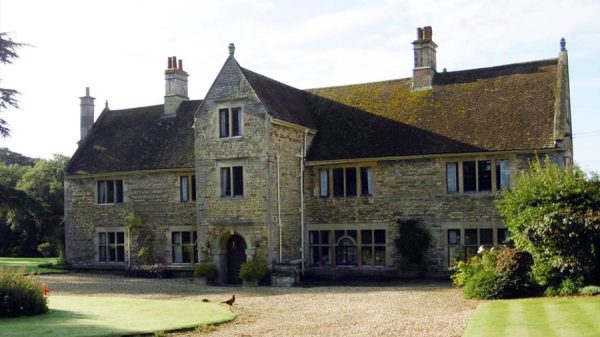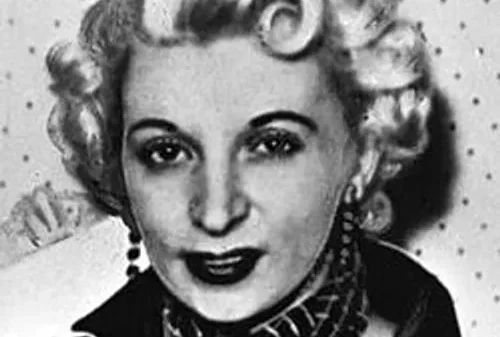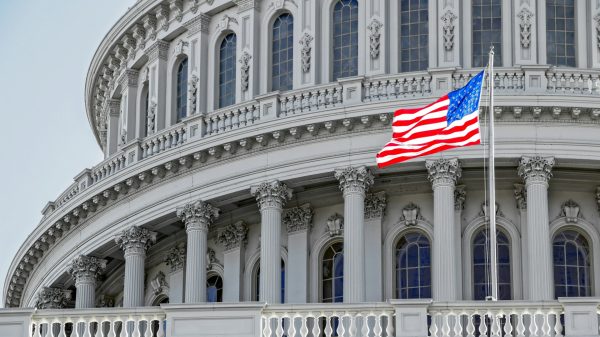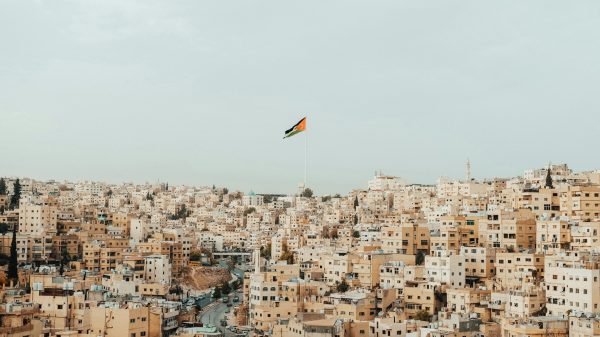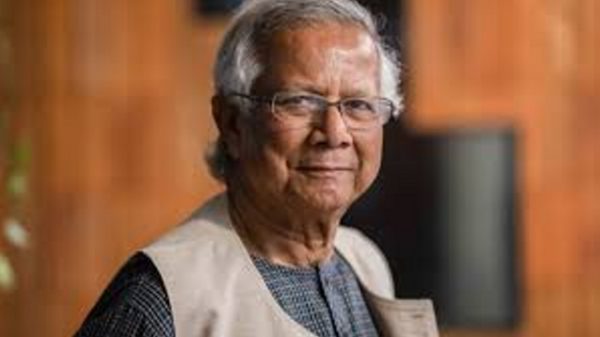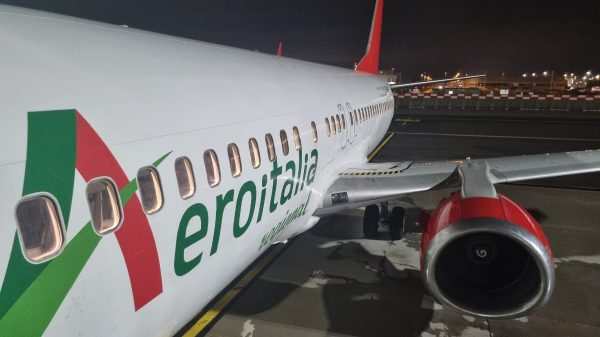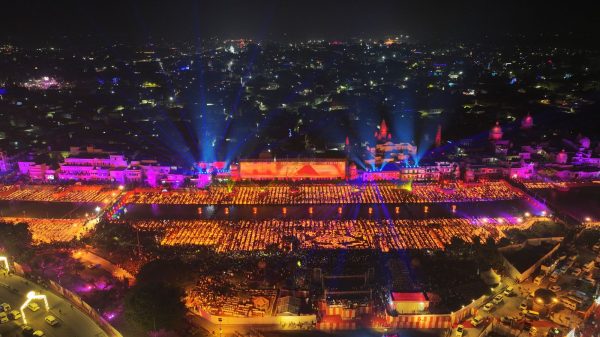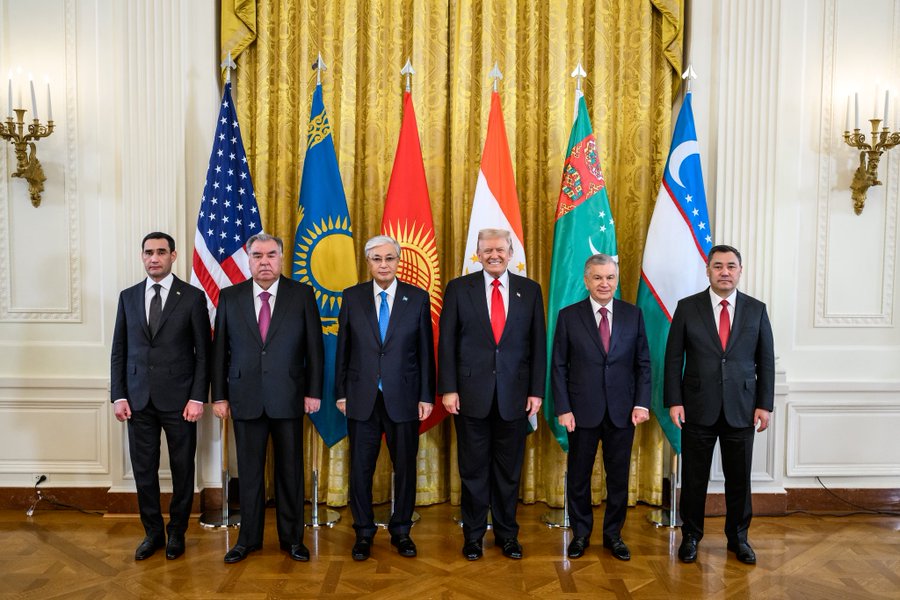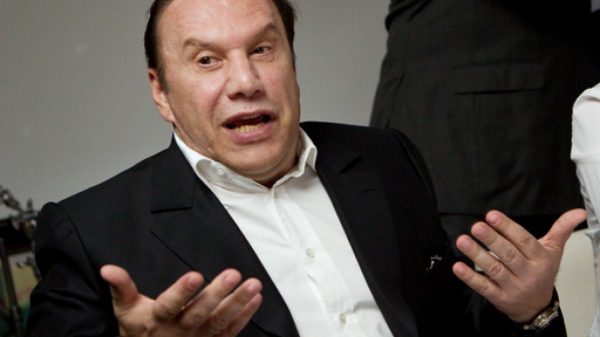At a symbolic gathering in Washington, the Presidents of Kazakhstan and Uzbekistan stood alongside US President Donald Trump and fellow Central Asian leaders — underscoring the growing strategic importance of the C5+1 partnership and the region’s delicate balancing act between East and West.
In a high-profile meeting at the White House, the Presidents of Kazakhstan and Uzbekistan flanked US President Donald Trump, joined by their counterparts from Kyrgyzstan, Tajikistan, and Turkmenistan, for a landmark C5+1 dialogue aimed at strengthening cooperation between the United States and Central Asia.
The gathering, set against the backdrop of shifting global power dynamics, symbolised Washington’s renewed focus on the heart of Eurasia — a region increasingly seen as a critical bridge between Europe, China, and the broader Indo-Pacific.
Kazakhstan and Uzbekistan, as the region’s two largest and most reform-oriented economies, play a central role in shaping this new chapter. Both have pursued pragmatic foreign policies — deepening economic ties with China’s Belt and Road Initiative while maintaining constructive relations with the EU, Russia, and now the United States.
For Kazakhstan’s President Kassym-Jomart Tokayev, the C5+1 platform represents a means of advancing “multi-vector diplomacy” — a guiding principle of Kazakh foreign policy that seeks balanced engagement with all major powers. Uzbekistan, under President Shavkat Mirziyoyev, has embarked on an ambitious reform agenda and opened its economy to global investors, positioning Tashkent as a key regional driver of growth and connectivity.
From Washington’s perspective, the dialogue is part of a broader effort to ensure that Central Asia’s independence and economic integration are not overshadowed by competition between Moscow and Beijing. Areas of discussion included energy transition, infrastructure connectivity, and security cooperation, particularly in the context of Afghanistan’s stability.
Analysts view the summit as a reflection of Central Asia’s growing geopolitical confidence. Once viewed as a peripheral theatre, the region now commands increasing attention as a crossroads of trade, transport, and diplomacy.
By standing side by side with the American president, Kazakhstan and Uzbekistan reaffirmed their position as pivotal partners capable of engaging with both Eastern and Western powers on equal footing — and as advocates for a stable, multipolar Eurasia.


